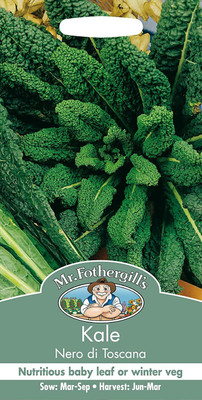CYBEXIS Vegetable Seeds, Kale Nero Di Toscana500 Seeds Seed(500 per packet)
Quick Overview
Product Price Comparison
PLANTING INSTRUCTIONSKale can be grown directly outside in the gardens or it can be transplanted once the seeds have germinated.Brussel Spouts can be grown in any type of garden soil with adequate watering frequency. Brussel Sprouts is a sturdy plant and can tolerate winters as well if looked after well.Water the sown area gently until germination. Seeds may sprout in 20-25 days.Brussel Sprouts are susceptible to boron deficiency which can cause the plants to develop hollow stems and smaller fruit.GROWING REQUIREMENTSPESTS & DISEASESAlthough a carefree crop, a few insects can still affect Kale. Cabbage Worms, larvae flea beetles, slugs and aphids are the most common insects you may encounter in the gardens. Use a natural pest repellent like neem spray to deter these pests.SOILSandy rich, well-drained soil with pH 6.5 to 6.8 is ideal for its cultivation & reduced the chances of clubroot diseases. Keep the soil moist to encourage consistent growth.SPOTPlace in a spot that receives either full sun or partial sunlight. Kale can even tolerate full shade in the gardens.TEMPERATUREThe ideal temperature to grow Kale is 18-23┬░C(65-75┬░F)WATERINGKale plants like nice and even supply of water ranging between 1 to 1.5 inches per week. Mulching the sown area will also give you a cool and moist soil which is ideal for Kale to grow. Hay and ground leaves can be used as mulch.HOW TO HARVESTLike other collard greens, Kale tastes best when harvested in fall.Kale can be sown in spring or in autumn for best results. Plant the kale seeds evenly & thinly and cover with a ┬╝ layer of soil.Discard leaves which are yellow and ragged. Wash the leaves thoroughly.Kale grows best with beetroot, celery, cucumbers, onions, spinach, chard, and potatoes. However do not plant Kale next to tomatoes or any type of beans.


